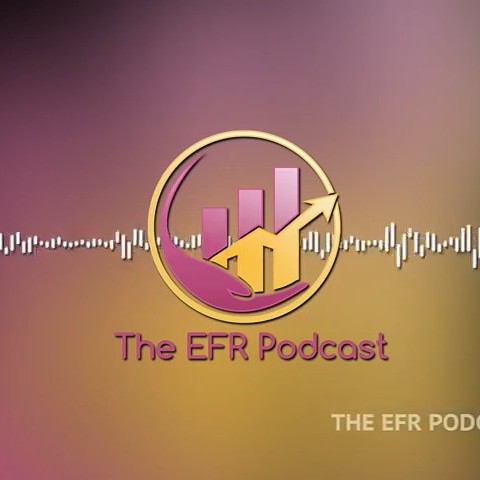
2) Regulators fear a new and potentially larger wave of defaults that could send banks scrambling to cover losses, where weaker ones might need government help to survive. The European Central Bank has warned that bad loans in the eurozone could soar to 1.4 trillion euros, more than during the aftermath of the financial crisis, especially if the economy contracts more than expected. The oversize exposure of banks by small businesses is part of Europe’s economic fabric. Companies with fewer than 250 employees account for 99.8% of all firms and two-thirds of all private-sector jobs in Europe. Small businesses in the U.S. also have economic weight, but they tend to be bigger. About half of Europe’s workforce is employed by firms with less than 50 people, compared with about a 25 in America.
3) There are reports that the Air Force has secretly designed, built, and flown a brand-new fighter jet. Furthermore, the mysterious new plane is already breaking records, but virtually nothing is known about the new plane … other than it exists. Experts did not expect a new fighter for another decade. The Air Force must now consider how it will buy the new fighter as it struggles to acquire everything from intercontinental ballistic missiles to bombers. The Air Force built the new fighter under its Next Generation Air Dominance (NGAD) program. More amazingly, the Air Force developed the new fighter in about a year, which is a staggeringly short time by modern standards, a process that took 10 years with the F-35.
4) Stock market closings for – 22 JAN 21:
Dow 30,996.98 down by 179.03
Nasdaq 13,543.06 up by 12.15
S&P 500 3,841.47 down by 11.60
10 Year Yield: down at 1.09%
Oil: down at $51.98
